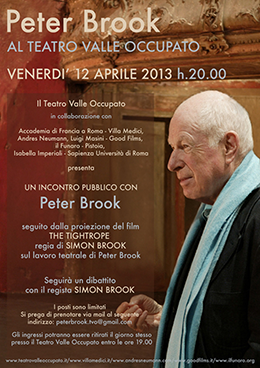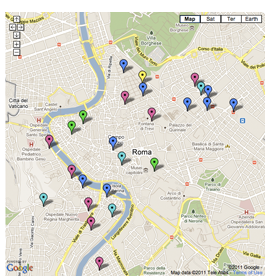Telling stories
Storytelling runs very deep in our culture, in all our cultures. Our ancestors used stories to pass down their lore, before they learnt to read or write. Our stories are as long and complex as War and Peace, and they are also as short, simple and functional as what happened this morning. They can be distant in time, or recent and current, or anytime in between.
Just put two verbs one after the other in time and you have a narrative. The basic ingredient is chronology—without chronology you can’t have a story. But not all tenses let you organise your verbs chronologically. Those that do are the narrative tenses, and they are the subject of this lesson.
This lesson describes how the past simple, past continuous and past perfect interact in a narrative.
If you look carefully, you’ll see that there are two notable absentees from this discussion.
First, the present perfect is absent because we don’t use it in narrative (though we sometimes use it to introduce or conclude a narrative). This is a good point to remember if you don’t always know how to choose between present perfect and past simple.
Secondly, I haven’t covered the future in the past. I describe how the past perfect allows us to go further into the past from a point in the past, but I don’t offer (here) an explanation of how to do the same thing for the future. This needs a complete lesson, which I promise to write in the future.
-
Alisa
-
http://www.davidnicholson.it/ David Nicholson
-


